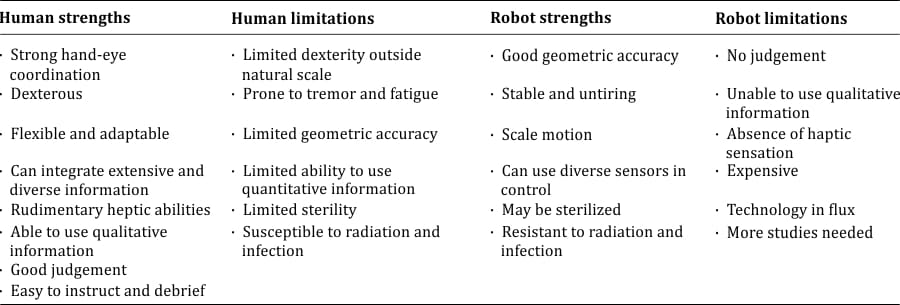Robotic Surgery
Dr. Rajesh Taneja, MBBS, MS, MCh. (AIIMS), FGSI, Senior Consultant, Urology, Andrology and Robotic Surgery, Indraprastha Apollo Hospitals, New Delhi



Introduction
Robotic surgery is a new and exciting emerging technology that is taking the surgical profession by storm. Surgical robots have become the entry fee for centers wanting to be known for excellence in minimally invasive surgery.
This revolution has radically changed surgical practice, by combining multiple technological developments. High-definition cameras and microinstruments, which enter the human body through small incisions, replace the eyes and hands of the surgeon.
Robotics and computer sciences have produced innovations to augment the surgeon"s skills to achieve accuracy and high precision during complex surgery. Similar to aeronautics and military equipment, surgeons have been provided with tools conferring capacities that can replace the lack of physical palpation to identify target structures, surgical planes and resection margins.
Surgeons can train on virtual reality (VR) simulators, which offer increasingly realistic three-dimensional (3D) immersive environments, through the development of patient-specific virtual models which can be used to plan and perform the surgical procedure virtually, before moving on to the actual operation.
Robotic advancement as a boon to the medical province
The surgical strategy can be planned and simulated using a virtual patient model the 3D model may eventually be fused with real-time patient images, providing an intraoperative navigation tool that highlights target structures and anatomical variations. Fusion of live images and synthetic computer-generated images is defined as augmented reality
The augmented surgical eye can see by transparency, through virtual and augmented reality. It can see the invisible, through infrared technology or laparoendoscopesequipped with narrowband filters that provide the ability to detect invisible structures. This technology allows observation of the infinitely small through endomicroscopic systems and virtual biopsies with real-time histological examination.
The augmented surgical hand has been provided by robotic technologies offering enhanced telemanipulation to facilitate MIS. The surgeon is seated at the master console and observes the surgical field through a stereoscopic camera, which offers high-resolution magnified vision. Surgical instruments are guided by haptic interfaces that replicate and filter hand movements.
Why to opt robotic surgery?

Robotic-assisted surgery is now remarkably increasing in popularity because of its edge over conventional laparoscopic surgery:

Clinical Application
Summary of Clinical Application

Conclusion
Robotic surgery has already proven itself to be of great value, particularly in areas inaccessible to conventional laparoscopic procedures. In many case, robotic technology is set to revolutionize surgery by improving and expanding laparoscopic procedures, advancing surgical technology, and bringing surgery into the digital age. Furthermore, it has the potential to expand surgical treatment modalities beyond the limits of human ability.
The magnified view, improved ergonomics and dexterity offered by robotic platforms might facilitate the uptake of minimally invasive procedures. Selected procedures (oesophagectomy, gastric bypass, pancreatic and liver resections, rectal resection for cancer) may benefit from robotic assistance. Higher costs of robotically assisted procedures are likely to decrease with upcoming competitors" surgical robotic platforms.
The pages slugged ‘Brand Connect’ are equivalent to advertisements and are not written and produced by Forbes India journalists.
First Published: Sep 23, 2021, 14:37
Subscribe Now